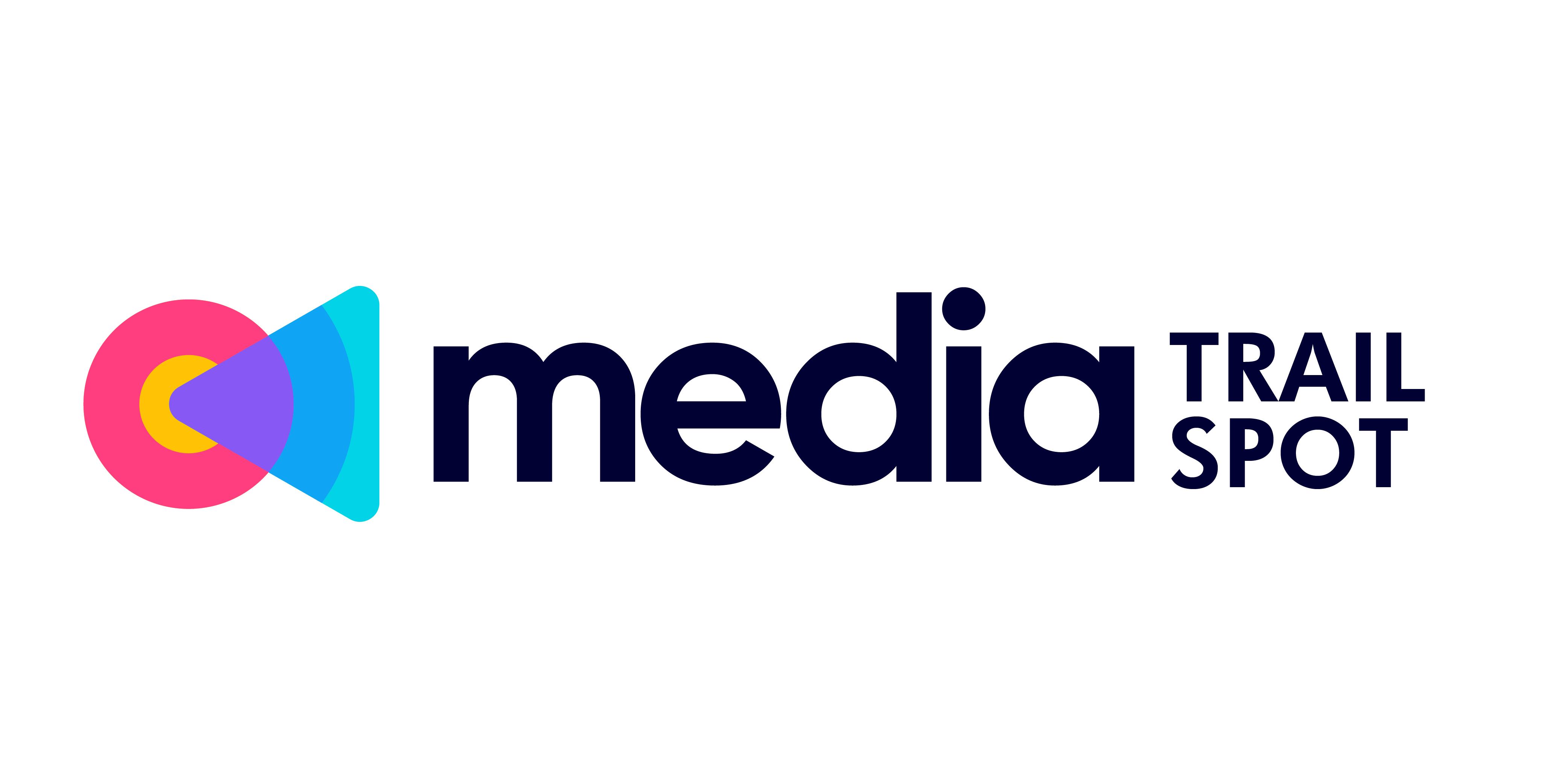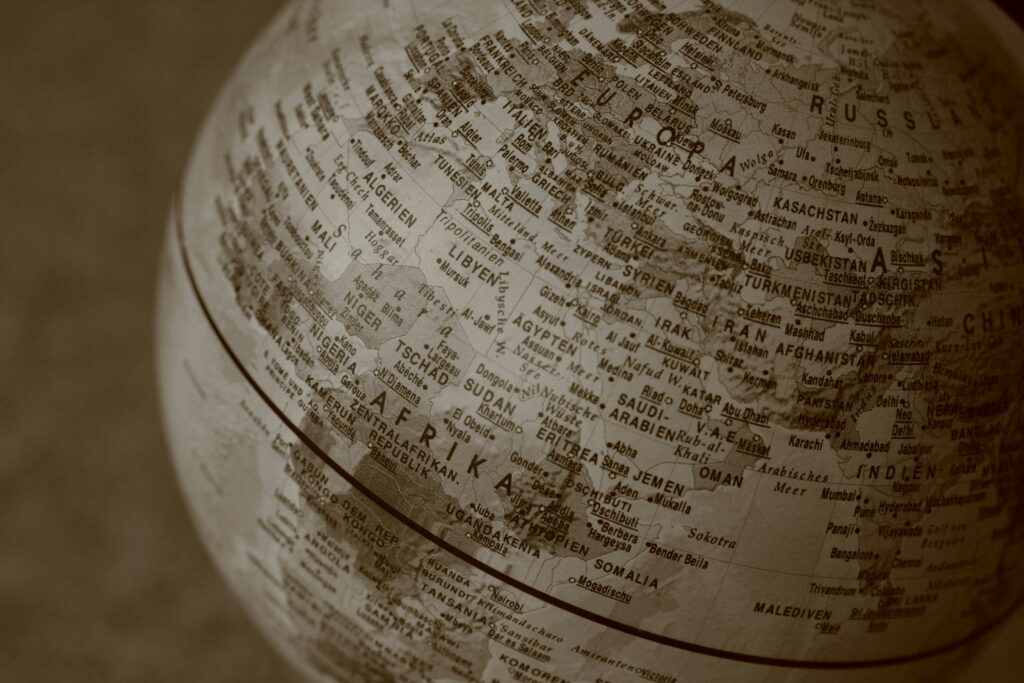Introduction: Why Compare Global Media Markets?
Media doesn’t move in a straight line. What’s viral in Rio might flop in Berlin. A series that dominates screens in Seoul might not register in Toronto. Understanding how media consumption varies by culture isn’t a luxury anymore—it’s table stakes. The platforms people use, the content they crave, even how they define entertainment or trustworthiness—all of it shifts when you cross a border.
For creators, this matters because relevance is now global. You might be speaking to a niche audience in your hometown—but your video, song, or podcast could catch fire in another country. Marketers and investors are tracking these ripples constantly; they know what plays well in Jakarta today could shape trends in New York tomorrow.
In 2024, the convergence of technology, cultural exchange, and rising mobile access is fueling massive shifts across the industry. Creators who stay curious and informed will have the edge—not just in reach, but in impact. The future of media is multilingual, multi-market, and more interconnected than ever.
Market Snapshot: Media Giants vs. Emerging Players
The U.S., China, and the U.K. still anchor the global media landscape. They set much of the tone—whether it’s Hollywood’s theatrical giants, China’s massive short-video engines like Douyin, or the U.K.’s public broadcaster-strengthened storytelling traditions. These are the mature markets where big deals are struck, IP travels far, and competition is relentless.
But momentum is increasingly shifting. Southeast Asia, Africa, and Latin America are seeing breakneck growth in media consumption, creator economies, and digital infrastructure. Affordable smartphones paired with cheaper data plans are making these regions mobile-first by default. And as platforms localize more content and interface in native languages, new audiences are coming online daily.
There are sharp contrasts, too. In format, short-form dominates in Asia and Africa thanks to mobile-first habits; long-form still plays well in the West, especially with platforms like Netflix and YouTube. Platform choice also differs: Western audiences may lean toward Twitch and YouTube, while Latin America rallies around WhatsApp channels and expanding local networks. Storytelling preferences vary just as widely—from polished, series-style vlog formats to raw, live-feel uploads that reflect everyday realities.
For anyone shaping content strategy or market approach, this isn’t just interesting—it’s essential. Understanding where the giants are, and where the growth is, helps you know where to look next.
Streaming Wars: A Global Perspective
Streaming has become one of the most competitive segments in modern media, but the battle for global attention doesn’t look the same everywhere. Major platforms and regional players are adapting their strategies to meet the unique demands and regulatory environments of each market.
The Fight for Viewers: Global Giants vs. Local Contenders
International streamers like Netflix and Disney+ continue to expand, but dominance isn’t guaranteed. They face strong competition from local platforms that better understand cultural taste and regulatory nuances.
Key Battles Playing Out:
- Netflix: Still a leader globally, but its growth has stalled in saturated markets. Expansion relies on regional content investments.
- Disney+: Strength in franchises and family content, but faces challenges localizing offerings in non-Western markets.
- Regional Platforms: Services like ViU (Southeast Asia), iQIYI (China), and Globoplay (Brazil) are gaining ground with tailored content and competitive pricing.
Local Content, Global Stage
Audiences are increasingly embracing content produced outside traditional media hubs. International originals are gaining critical acclaim and global popularity.
Why Local Originals Work:
- Reflect authentic culture, language, and storytelling norms
- Serve national pride and cultural curiosity simultaneously
- Win awards and audience support from both domestic and global viewers
Examples of Success:
- Squid Game (South Korea) took the world by storm, showing the global appetite for high-concept international drama
- Lupin (France) proved that non-English content could be both stylish and universally appealing
- Disney+ has invested in regional adaptations and originals to localize its international footprint
Regulation & Censorship: A Shifting Landscape
Operating across countries means understanding (and adapting to) regulatory frameworks and cultural sensitivities. What works in one region may be legally or socially unacceptable in another.
Top Regulatory Challenges:
- Censorship laws: Particularly complex in regions like the Middle East and China, where content may be suppressed for political or moral reasons
- Content quotas: The EU and other governments require a certain percentage of local content on platforms
- Data compliance: Privacy laws such as GDPR (Europe) and regional equivalents influence how platforms handle subscriptions and ad targeting
The Bottom Line: Streaming platforms need more than content—they need cultural fluency and legal awareness. Success depends on how well they balance creative freedom with regional requirements.
Advertising & Monetization Trends
The old school ad model—30-second spots, banner placements, predictable CPMs—is cracking under pressure. Instead, digital ad spend is surging, fueled by mobile consumption, better targeting, and the cold truth that traditional media can’t match the reach or agility of online platforms. Brands are following eyeballs, and those eyeballs are glued to screens that serve algorithm-backed, interest-based content.
Influencer marketing has officially gone global. From micro creators in rural India to fashion vloggers in São Paulo, brands are investing in personalities who can drive engagement and trust at a local level. Branded content is no longer a bonus—it’s a core strategy. Creators aren’t just spokespeople; they’re storytellers shaping brand narratives in real time.
But even digital natives are hitting a wall: subscription fatigue. As platforms and publishers piled on paywalls, users started pushing back. In response, we’re seeing a shift to hybrid revenue models—think a mix of ad support, premium tiers, one-off purchases, and even NFTs in some regions. Sustainability now hinges on flexibility. For global media players and independent creators alike, monetization in 2024 is a balancing act: keep the lights on without burning out your audience.
Audience Behavior: Cultural Nuances in Consumption
Understanding how audiences consume media across different regions is key to navigating the global media landscape. From platform preferences to trust in news sources, distinct cultural patterns shape what content thrives—and why.
Mobile-First Markets and the Short-Form Video Boom
In many regions, especially in Southeast Asia, Sub-Saharan Africa, and parts of Latin America, mobile devices are the primary access point for media consumption. This shift drives explosive growth in short-form content.
Key characteristics of mobile-first markets:
- High mobile internet penetration, often leapfrogging desktop usage
- Expanding viewership on platforms like YouTube Shorts, TikTok, and Instagram Reels
- Preference for data-efficient formats and snackable content
This environment fuels a demand for fast-loading, engaging clips tailored to mobile viewers. In fact, short-form videos are not just supplementary—they’re becoming the dominant format for entertainment, news, and education.
What’s Working: Reality in the U.S. vs. Scripted Drama in South Korea
Audience genre preferences also reflect deep-rooted cultural values and entertainment histories:
- United States: Reality TV remains highly popular. Formats ranging from dating shows to home renovations dominate primetime, reflecting a taste for unscripted, personality-driven content.
- South Korea: Scripted drama reigns supreme. K-dramas, bolstered by high production values and emotionally rich storytelling, continue to attract global audiences through streaming platforms.
These contrasts highlight how creators and platforms must tailor content to the emotional and narrative expectations of different markets.
Trust in Media: Social vs. Legacy vs. Streaming News
Trust levels in media vary greatly by country, shaped by political landscapes, media ownership, and the influence of tech platforms. Some notable trends include:
- Western Europe (e.g., Germany, Scandinavia): Traditional public broadcasters still enjoy relatively high trust.
- United States: Public skepticism toward mainstream news persists; many turn to podcasts or independent creators for alternative takes.
- India & Southeast Asia: Social platforms play a central role in news consumption, but misinformation concerns are also high.
- Global Trend: Younger audiences often trust peer-shared content over institutional voices, favoring authenticity—even at the cost of editorial rigor.
As media trust fractures, streaming platforms and social video continue to redefine what counts as “news,” prompting ongoing debates around responsibility and influence.
Bottom Line: Platform access, genre preferences, and media trust aren’t universal—they’re shaped by culture, infrastructure, and audience expectations. Understanding these differences is crucial for any global media strategy.
Behind the Scenes: Business Strategies and Infrastructure
In 2024, media empires aren’t just being built—they’re being merged. Major studios and platforms are consolidating faster than ever, across borders and sectors. Think broadcasters snatching up digital streaming services, or international conglomerates betting big on local production houses. The goal? More control over content pipelines—and fewer middlemen. It’s a volume game, and scale wins.
But it’s not one-size-fits-all. How content gets distributed depends heavily on the market. In the U.S., OTT services like Netflix or Hulu dominate living rooms. In countries like India or Nigeria, cinema release cycles still carry cultural weight and mass appeal. Europe leans heavier into traditional broadcasters, many of which now offer hybrid platforms—live + on-demand. LATAM audiences often access content primarily via mobile, skipping formal broadcast ecosystems almost entirely.
This variability makes international expansion tricky. Content windows, rights negotiations, and monetization strategies all shift depending on where—and how—you’re delivering.
For creators and distributors alike, the takeaway is simple: know your pipeline before you produce. A film made for theatrical release in France won’t play the same digitally in Brazil. The infrastructure around media is just as critical as the content itself.
(For more, see Exploring the Business Side of Hollywood: Insights and Analysis)
Challenges & Risk Factors in the Global Media Landscape
Regulation has always been part of the media world, but in 2024, it’s a moving target. Governments are tightening control over what gets produced, streamed, and shared. In some countries, content creators walk a fine line between creative freedom and censorship. Political agendas seep into entertainment, news, and even influencer culture—changing not just what gets made but how it’s distributed.
Then there’s data privacy. New regulations in the EU, parts of Asia, and North America are forcing media companies to rethink how they target audiences. Personalized ads—once a cash cow—now come with legal strings attached. Ad strategies are shifting toward contextual relevance and first-party data. Creators and platforms can’t afford to be sloppy; the fines are steep, and the margin for error is shrinking.
Over all this looms the scramble for global creative talent. Studios, brands, tech platforms—everyone’s competing for the same pool of skilled writers, editors, and on-camera personalities. Remote work widened the playing field but raised the bar too. Creators who can navigate multiple cultural landscapes and regulatory frameworks are in highest demand.
The risks are real but so is the opportunity. Knowing the rules—and building with them, not against them—gives media players a serious edge.
Conclusion: Building a Global-Media Mindset
Why Cross-Market Awareness Matters
In an increasingly connected media ecosystem, understanding global market dynamics is no longer optional—it’s strategic. Media professionals and content creators who stay informed about international trends are better positioned to:
- Spot emerging opportunities early
- Adapt formats and campaigns for diverse audiences
- Build sustainable, globally relevant brands
Ignoring how audiences consume media across different regions can mean missing out on growth, reach, and long-term engagement.
Lessons from Fast-Adapting Markets
Some countries and sectors are leading the way when it comes to innovation:
- South Korea has successfully exported music, television, and digital content by investing in high production value and strong storytelling.
- Nigeria’s Nollywood showcases rapid content production and local-first strategies that resonate beyond borders.
- India’s OTT market blends traditional entertainment values with modern streaming models, creating hybrid consumption habits.
These examples illustrate how flexibility, cultural relevance, and audience-centric approaches drive success.
Stay Curious, Stay Competitive
The global media landscape is in constant motion. New platforms emerge, viewer preferences shift, and regulations evolve—all at lightning speed.
To stay competitive:
- Regularly analyze consumer habits across different regions
- Track platform pivots and policy changes
- Remain adaptable in both content creation and distribution
Global trends are not just forecasts—they are blueprints for innovation. Creators and media professionals who maintain a global mindset are the ones who will lead the next era of storytelling.


 Syvanna Kelricsona, co-founder of mediatrailspot blends her expertise in design, user experience, and emerging technology to deliver impactful content. She is passionate about showing how innovation in web and mobile platforms shapes the future of communication and creativity.
Syvanna Kelricsona, co-founder of mediatrailspot blends her expertise in design, user experience, and emerging technology to deliver impactful content. She is passionate about showing how innovation in web and mobile platforms shapes the future of communication and creativity.

